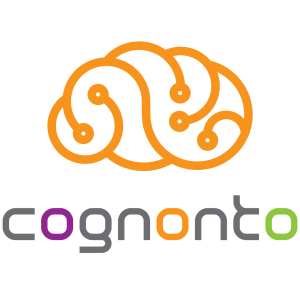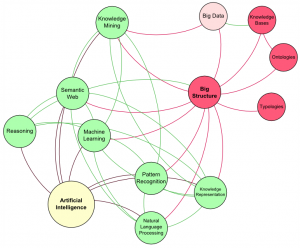| I am proud to announce the start of a new venture called Cognonto. I am particularly proud of it because even if it is just starting, it is in fact more than eight years old. It is the embodiment of eight years of research, of experimentation, of a big deal of frustration and of great joy with my long-time partner Mike. |
 |
Eight years ago, we set a 5-to-10-year vision for our work as partners. We defined an initial series of technological goals for which we outlined a series of yearly milestones. The goals were related to help solving decades old problems with data integration and interoperability using a completely new research field (at the time): the Semantic Web.
And there we are eight years later, after working for an endless number of hours to create all kinds of different projects and services to pay for the research and the pieces of technologies we develop for these purposes. Cognonto is the embodiment of that effort, but it also created a series of other purposeful projects such as the creation of Stuctured Dynamics, UMBEL, the Open Semantic Framework and a series of other open source collaterals.
We spent eight years to create, sanitize, to make coherent and consistent, to generate and regenerate a conceptual structure of now 38,930 reference concepts with 138,868 mapping links to 27 external schemas, vocabularies and datasets. This led to the creation of KBpedia, which is the knowledge graph that drives Cognonto. The full statistics are available here.
I can’t thank Mike enough for this long and wonderful journey that led to the creation of Cognonto. I sent him an endless number of concepts lists that he diligently screened, assessed and mapped. We spent hundred of hours to discuss the knots and bolts of the structure, to argue about its core concepts and how it should be defined and used. It was not without pain, but I believe that the result is truly astonishing.
I won’t copy/paste the Cognonto press release here, a link will suffice. I it is just not possible for me to write a better introduction than the two pagers that Mike wrote for the press release. I would also suggest that you read his Cognonto introduction blog post: Cognonto is on the Hunt for Big AI Game.
In the coming weeks, I will write a lot about Cognonto, what it is, how it can be used, what are its use cases, how the information that is presented in the demo and the knowledge graph sections should be interpreted and what these pages tell you.

